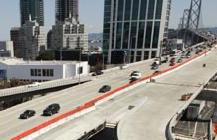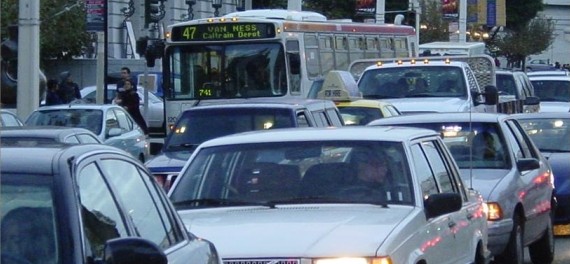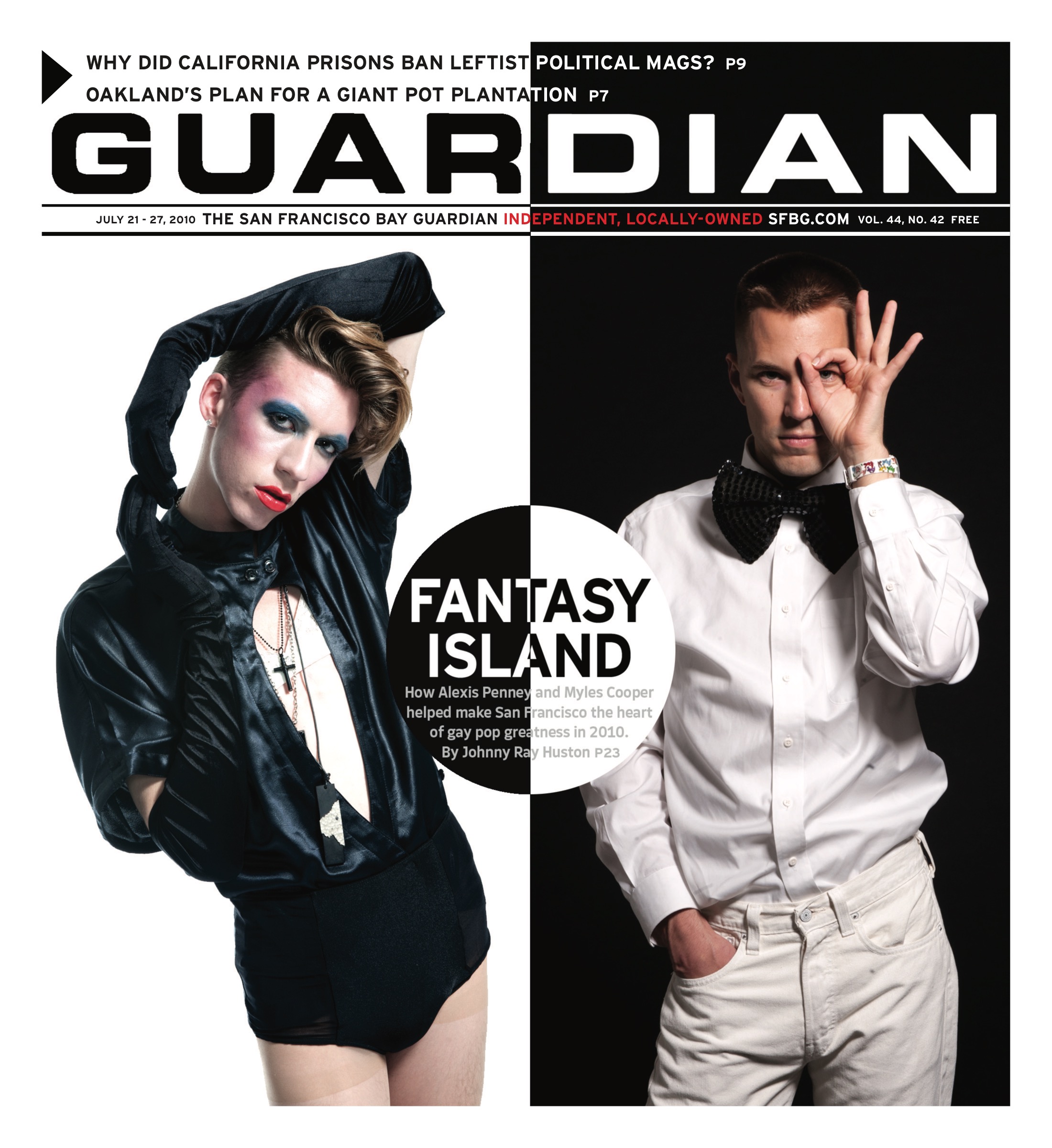ALERTS
By Kristen Peters
alert@sfbg.com
WEDNESDAY, AUG. 25
"This in Itself is A Victory"
Celebrate the community of resistance that met the G8/G20 leaders in Ontario, Canada, in June to support actions for queer and transgender rights; environmental justice; income equity and community control over resources; gender justice, and disability rights; migrant justice; and an end to war and occupation. Attend a panel discussion with queer-identified Canadian activist Gesig Issac and local filmmaker Sarolta Jane as they analyze the convergence, its successes and failures, and post-mobilization issues.
7:30 p.m., $3–$5 donation suggested
Station 40
3030 B 16th St., SF
www.g20.torontomobilize.org/node/432
THURSDAY, AUG. 26
Innovations in Social Justice
Find out more about the cutting-edge social justice work of several leaders and organizations active in the Bay Area and beyond. The event features talks about new approaches to social justice, a Q&A session, and time to share ideas with local activists.
6:30 p.m., $5
David Brower Center
Suite 400
2150 Allston, Berk.
www.socialjusticeinnovation.eventbrite.com
Radical Love Workshop
Hear from educator and spokesperson from the polyamory community Wendy-O Matik as she presents the major concepts and challenges that are faced trying to reinvent relationships outside the dominant social paradigm. The evening includes a briefing of her book, Redefining Our Relationships: Guidelines for Responsible Open Relationships, a feminist critique of love and relationships, and a discussion intended to create a nonjudgmental support group.
7:30 p.m., $5–$10
Gilman Street Project
924 Gilman, Berk.
SATURDAY, AUG. 28
Women’s Rights Day Celebration
Join Radical Women as they celebrate Women’s Rights Day with a focus on the struggle for immigrant rights, featuring a screening of the documentary film Made in L.A., in which three garment workers fight against unfair working conditions. Participants will be given the opportunity to deliver statements against SB1070 in an open mic segment following the film. A $7.50 summer buffet with vegetarian options precedes the screening at 6:15 p.m.
7:00 p.m., free
Suite 202
625 Larkin, SF
(415) 864-1278
SUNDAY, AUG. 29
Big Oil Teach-in
Discover the issues surrounding big oil companies, their local impacts, and positive solutions to the problem. The briefing will be followed by a mass show of resistance and an educational segment to prepare participants to join the nonviolent campaign or just learn about what’s involved. Attendees are encouraged to arrive on time and stay the whole time.
1 p.m., free
Frank Ogawa Plaza
Between 14th and Broadway, Oakl.
www.actforclimatejustice.org/west
MONDAY, AUG. 30
Katrina anniversary
Get involved in the efforts to stand up to big oil companies by marching on the five-year anniversary of Hurricane Katrina. The resistance will target the offices of BP and Chevron for their roles in environmental and community destruction in the gulf, the Bay Area, and around the world. The protest will also pressure the EPA to respond to increased drilling and to act on climate change.
11:30 a.m., free
Justin Herman Plaza
1 Market, SF



